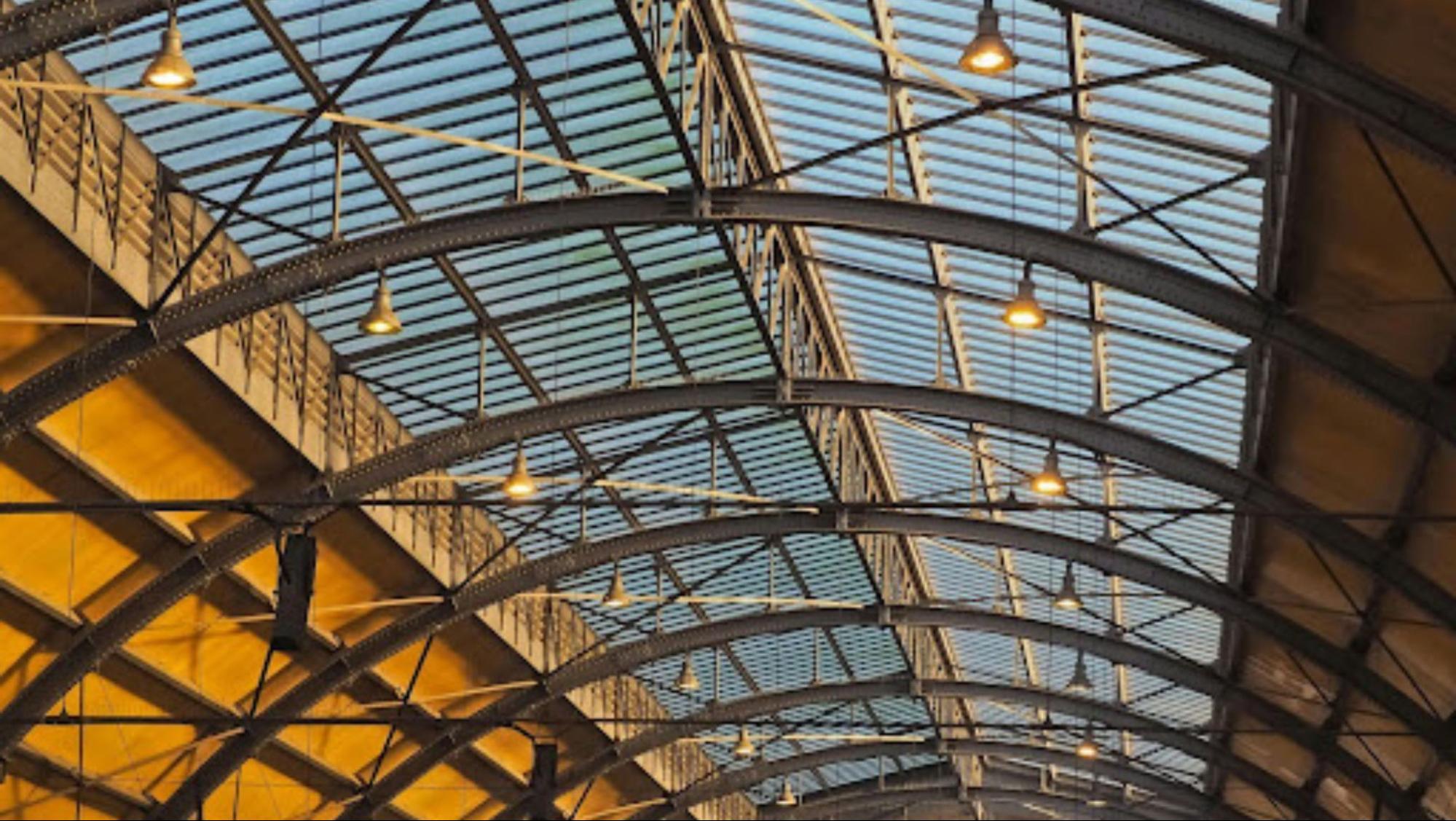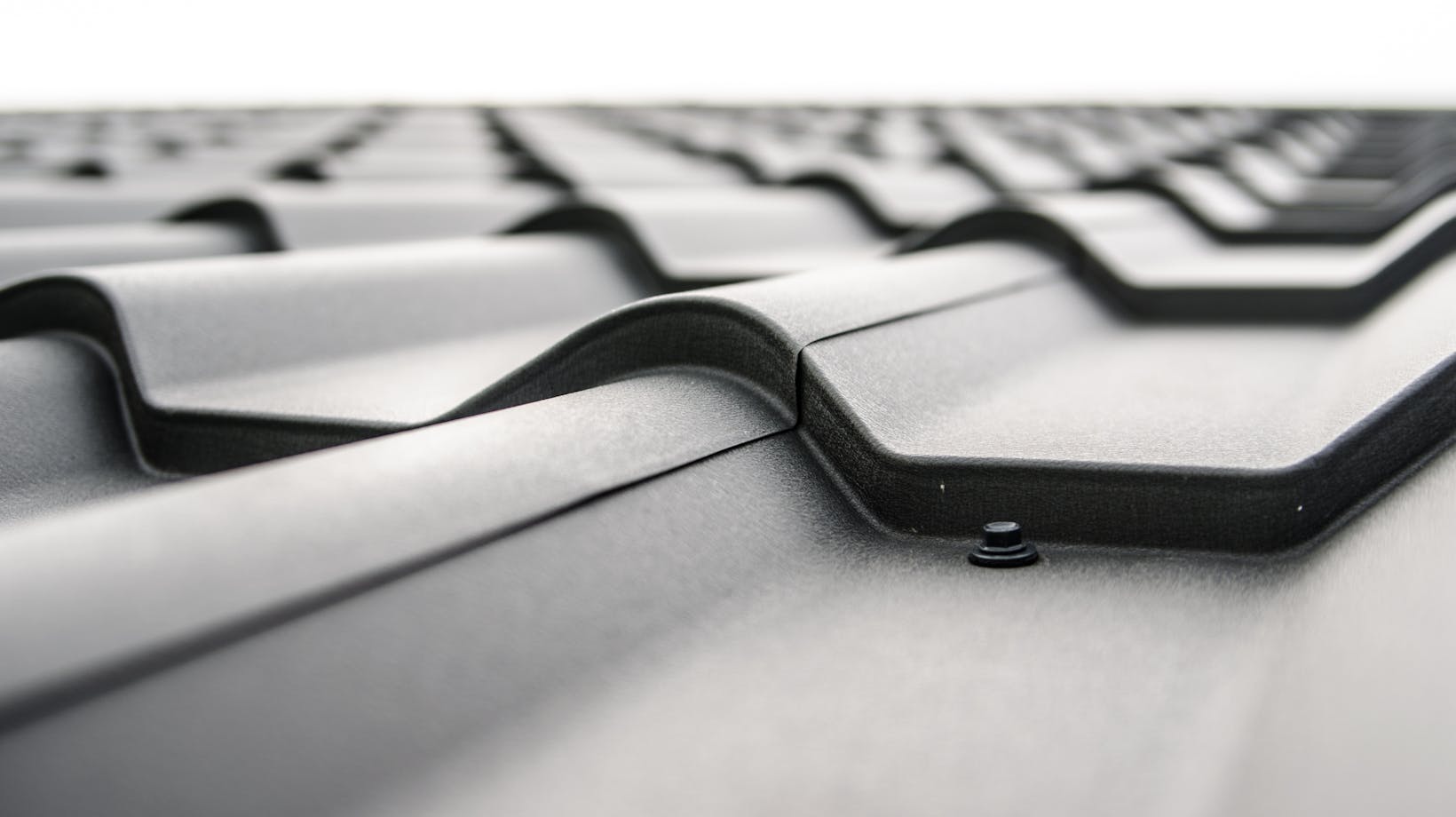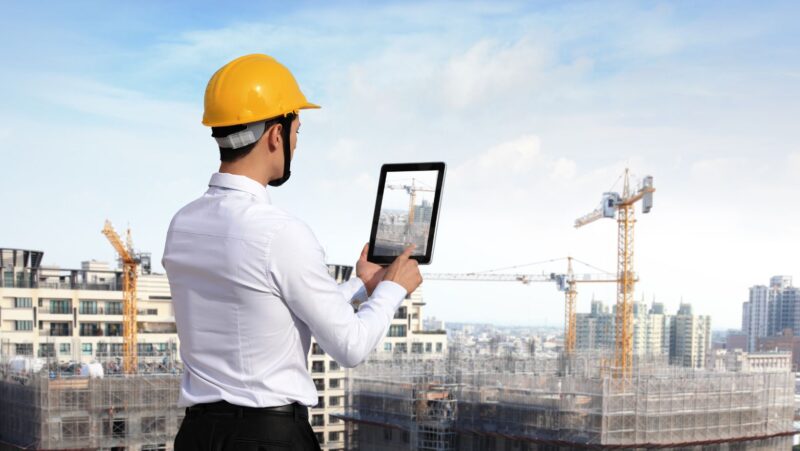
In the realm of home architecture, the integration of modern materials has always played a pivotal role in reshaping traditional concepts. One such transformative element that has garnered widespread attention is the metal roof. Far from the stereotypical industrial associations, metal roofs are emerging as a symbol of contemporary elegance, sustainability, and durability. In this article, we delve into how metal roofs are revolutionizing traditional home architectural concepts, paving the way for a new era in residential design.
Sleek Aesthetics Redefining Curb Appeal
One of the most striking ways metal roofs are revolutionizing traditional architecture is through their sleek and modern aesthetics. Gone are the days when metal roofing was perceived as utilitarian and industrial. Today, homeowners are embracing the wide range of styles, finishes, and colors that metal roofs offer. The versatility of metal allows for designs that seamlessly integrate with various architectural styles, from classic to contemporary. The sleek lines and smooth finishes contribute to a minimalist and sophisticated appearance that not only enhances curb appeal but challenges preconceived notions about the visual impact of metal roofing.
Furthermore, the ability to mimic the look of traditional materials such as slate, wood, or shingles enables homeowners to enjoy the benefits of metal roofing without compromising on the desired aesthetic. This aesthetic versatility opens up new avenues for architects and homeowners alike, encouraging a departure from the conventional and an embrace of innovative design possibilities.
Sustainable Solutions for a Greener Tomorrow
In an era where sustainability is a top priority, metal roofing stands out as an environmentally friendly choice. Traditional roofing materials like asphalt shingles contribute significantly to landfill waste, but metal roofs are often made from recycled materials and are fully recyclable at the end of their long lifespan. This sustainable aspect is reshaping architectural choices, influencing a shift towards eco-conscious design.
Additionally, the reflective properties of metal roofs contribute to energy efficiency by reducing the heat absorbed into the home. This not only lowers energy bills but also aligns with the growing demand for energy-efficient and eco-friendly homes. Architects and homeowners are now embracing metal roofing not just for its durability but as a conscious choice for reducing the environmental impact of residential structures.
Innovative Partnerships with Metal Roofing Companies
A crucial aspect of the metal roofing revolution lies in the collaborative efforts between architects, homeowners, and metal roofing companies. These companies play a pivotal role in providing not just materials, but also expertise and guidance throughout the architectural journey. As explained by the pros from metal roofing Wisconsin, the partnership with a reputable metal roofing company ensures that homeowners have access to a diverse range of high-quality products, cutting-edge designs, and installation expertise.

The collaborative approach encourages architects to push the boundaries of creativity, knowing they have the support of a reliable metal roofing company that shares their commitment to excellence. This interconnected relationship between architects and metal roofing companies is redefining industry standards and fostering a seamless integration of innovative metal roofing solutions into the fabric of modern home architecture.
Unrivaled Durability and Weather Resistance
Metal roofs are rewriting the rulebook when it comes to durability and weather resistance in residential architecture. Unlike traditional roofing materials that may succumb to the elements over time, metal roofs boast an impressive lifespan of 50 years or more. This longevity not only reduces the frequency of replacements but also minimizes the environmental impact associated with manufacturing and disposing of roofing materials.
Metal roofs are inherently resistant to common issues like rot, insects, and mildew, ensuring a low-maintenance and reliable roofing solution. Moreover, they provide superior protection against extreme weather conditions, including heavy snow, hail, and high winds. This resilience in the face of challenging weather patterns is reshaping architectural considerations in regions prone to severe climatic conditions, making metal roofs a preferred choice for their unparalleled durability and performance.
Long-Term Benefits of Metal Roofing Investments
Beyond their visual and environmental advantages, metal roofs prove to be a wise financial investment for homeowners. While the initial cost may be higher compared to traditional roofing materials, the long-term benefits far outweigh the upfront expenses. The remarkable durability and low maintenance requirements of metal roofs result in fewer repairs and replacements, translating into significant cost savings over the life of the roof. Moreover, the energy efficiency of metal roofs contributes to lower utility bills, further adding to the financial appeal. As homeowners increasingly recognize the economic wisdom of metal roofing, this shift in perception is reshaping financial considerations in the realm of home architecture.
In the landscape of home architecture, metal roofs stand as beacons of innovation, sustainability, and financial prudence. The marriage of sleek aesthetics, environmental consciousness, structural ingenuity, and long-term financial benefits positions metal roofing as a transformative force in the industry. As architects, homeowners, and metal roofing companies continue to collaborate, the trajectory of residential design is set on a course where tradition seamlessly meets cutting-edge innovation.

Embracing the myriad advantages of metal roofs paves the way for a future where homes are not only visually striking but also environmentally responsible and economically savvy. The journey towards a metal-clad architectural future is undoubtedly an exciting one, filled with possibilities that redefine the very essence of home design.












